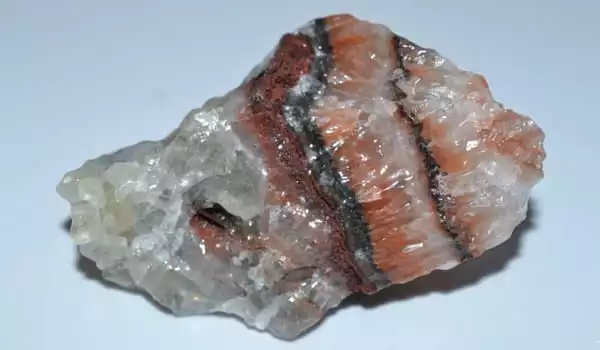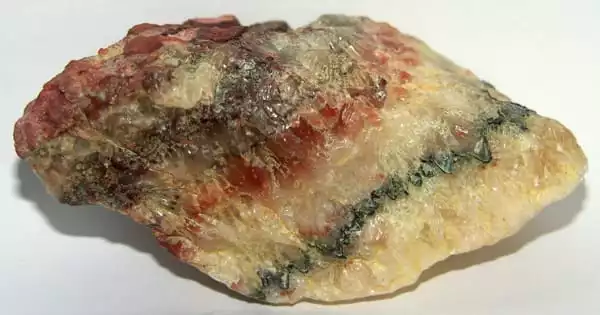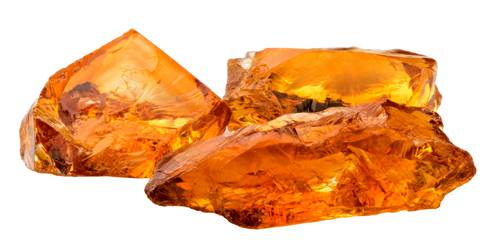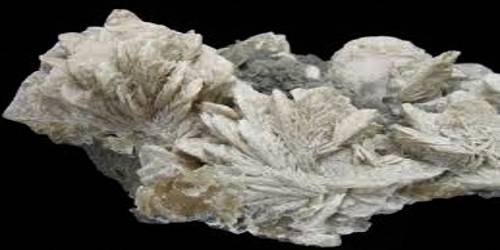Onyx is the name given to a parallel banded variant of the silicate mineral chalcedony. Agate and onyx are both layered chalcedony variants that differ mainly in the shape of the bands: agate has curved bands, while onyx has parallel bands. Because its layers may be cut to reveal a color contrast between the design and the backdrop, it is utilized in carved cameos and intaglios.
Its bands range in hue from black to practically every other color. Onyx specimens frequently have black and/or white bands. Onyx has also been used to describe parallel banded variants of alabaster, marble, calcite, obsidian, and opal, as well as materials with distorted banding, such as “Cave Onyx” and “Mexican Onyx.”
Onyx is a natural stone used for a wide variety of different purposes. As well as for gemstones it’s used for fireplace surrounds, household furniture, and ornaments.
General Information
- Category: Oxide mineral
- Formula (repeating unit): Silica (silicon dioxide, SiO2)
- Crystal system: Trigonal
- Color: Various
- Formula mass: 60 g/mol
Properties
Onyx is a type of agate with black and white bands. It could also be a single color agate with alternating light and dark bands (often black and white). It is a gemstone whose meaning can be interpreted in a variety of ways. The most common gemstone definition is a solid black Chalcedony or a banded or layered black and white Chalcedony.
- Cleavage: no cleavage
- Fracture: Uneven, conchoidal
- Mohs scale hardness: 6.5–7
- Luster: Vitreous, silky
- Streak: White
- Diaphaneity: Translucent
- Specific gravity: 2.55–2.70
- Optical properties: Uniaxial/+

Varieties
Onyx is made up of alternating bands of chalcedony. It’s cryptocrystalline and made up of fine intergrowths of the silica minerals quartz and moganite. In contrast to the more chaotic banding found in agates, its bands are parallel to one another.
Sardonyx is a variation with colored bands that are sard (red hues) rather than black. Black onyx is the most well-known variation, however it is not as common as onyx with colorful bands. Since ancient times, artificial treatments have been utilized to achieve both the black color in “black onyx” and the reds and yellows in sardonyx. The majority of “black onyx” on the market is synthetically tinted.
Geographic occurrence
Onyx is found primarily in India and South America. The Romans called a number of stones by this name, including alabaster, chalcedony, and what is now known as onyx marble.
Onyx is a gemstone that can be found in Greece, Yemen, Uruguay, Argentina, Australia, Brazil, Canada, China, Czech Republic, Germany, Pakistan, India, Indonesia, Madagascar, Latin America, the United Kingdom, and several states in the United States.
Historical use
A photograph of a roughly rectangular gem set in a gold frame with two carved panels of translucent white chalcedony with various figures cut in shallow relief against a solid black backdrop. It has a long history of use in hardstone carving and jewelry, where it is typically carved into cabochons or beads. It has also been used to engrave intaglio and hardstone cameo gems, where the bands contrast with the ground. Some onyx is natural, but the majority of the material used in commerce is created via agate staining.
Onyx was used to produce bowls and other clay pieces in Egypt as early as the Second Dynasty. Sardonyx is used in Minoan Crete art, most notably in the archaeological finds of Knossos.
















